
Serious question here: Have you ever thought about what the relative humidity is when it’s raining? I’ve heard people say it’s 100% because, well… because it has to be. It’s raining, dammit! What else could it be?
Not so fast, there. This is something we can actually look up on a weather app or measure with a hygrometer. In fact, it was raining at my condo as I wrote this article, so I looked at my weather app and saw this:
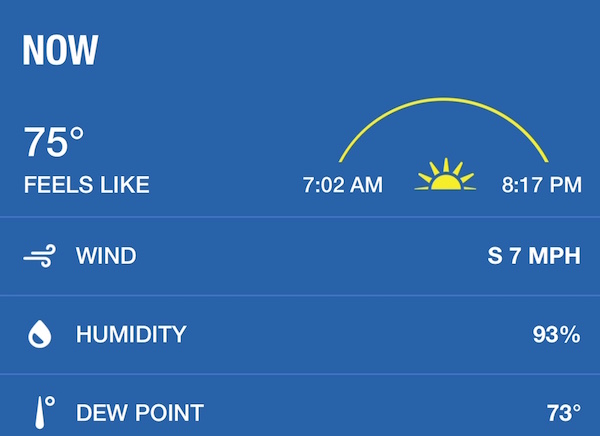
There. The relative humidity was 93% while it was raining. So it doesn’t have to be 100% when it’s raining after all. The next day, it happened again and the relative humidity was even lower. Here are the screenshots:
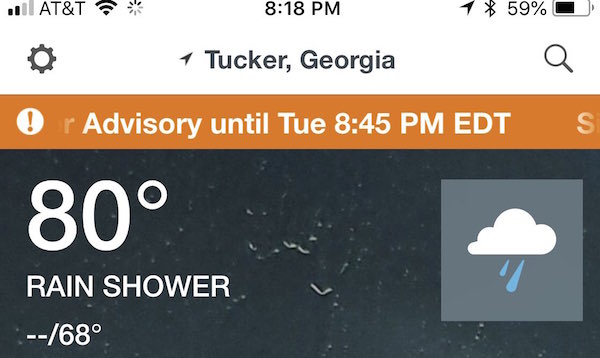

The reason has to do with evaporation and condensation. When a surface of water (which could be a raindrop) is in contact with open space (which could be filled with air or some other gas or a vacuum), water molecules will be going both ways. Some will be evaporating from the liquid and becoming vapor. Others will be going from the vapor phase into the liquid.
The amount of water vapor in the space is determined by the temperature. If the raindrop is cold, it may actually dehumidify the air it passes through as it sucks up more water molecules from the vapor phase than it releases from the liquid. If a mass of warm humid air has a lot of cold raindrops passing through, the humidity could go down while it’s raining.
Who knew!? Well, Bob Dylan sang about it in his song A Cold Rain’s A-Gonna Fall, so he must have known.†
I’m a-goin’ back out ‘fore the rain starts a-fallin’
Where the surfaces o’ raindrops parch the air of its water
And it’s a cold, it’s a cold, it’s a cold, and it’s a cold
It’s a cold rain’s a-gonna fall
This topic came up at Building Science Summer Camp a couple of weeks ago when Professor John Straube was speaking about moisture physics. He was going to gloss over what happens there but Nerd 1, Ray Moore, wouldn’t let him. So the two of them explained how it doesn’t have to be 100% relative humidity when it’s raining and how water can act as a dehumidifier. Someone (Straube?) also mentioned that Willis Carrier had invented a dehumidifier that passed air to be dehumidified over chilled water. (By the way, here’s my article about Straube’s presentation.)
Now you know. The air may be saturated with raindrops but that doesn’t mean the space between the raindrops is saturated with water vapor. I expect you to check on the relative humidity next time it’s raining where you are and see if you can confirm what I’ve just said.
Footnote
† Well, OK, I may have doctored those lyrics just a little bit.
Allison Bailes of Decatur, Georgia, is a speaker, writer, building science consultant, and the author of the Energy Vanguard Blog. You can follow him on Twitter at @EnergyVanguard.
Weekly Newsletter
Get building science and energy efficiency advice, plus special offers, in your inbox.






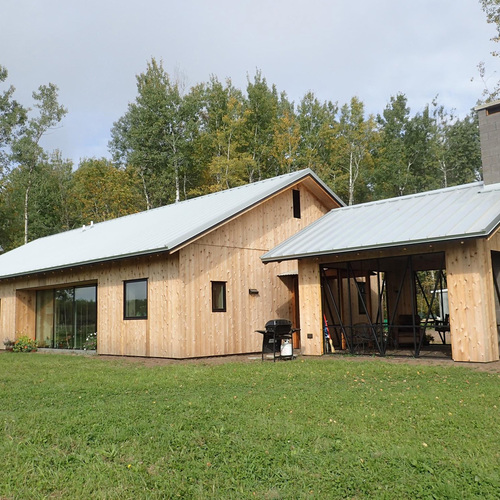
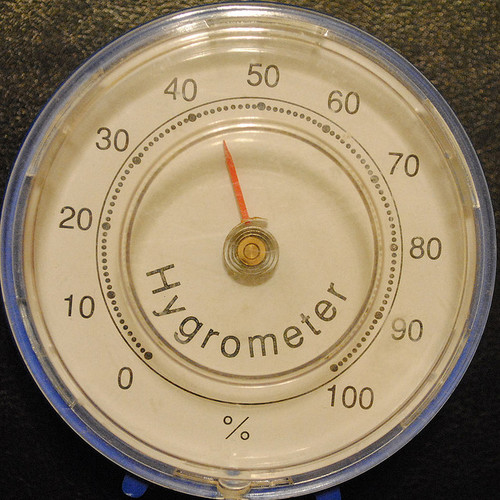
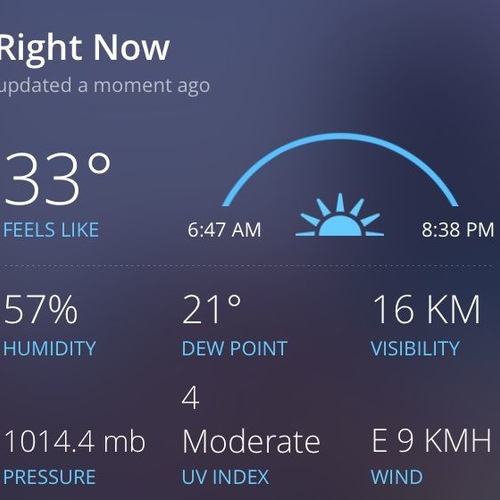






One Comment
Thank you so much for this article. The back page of the September 2018 "Journal of Light Construction" has a wonderful article, "The Birth of Air Conditioning" that relates the story that you mention above.
Log in or create an account to post a comment.
Sign up Log in